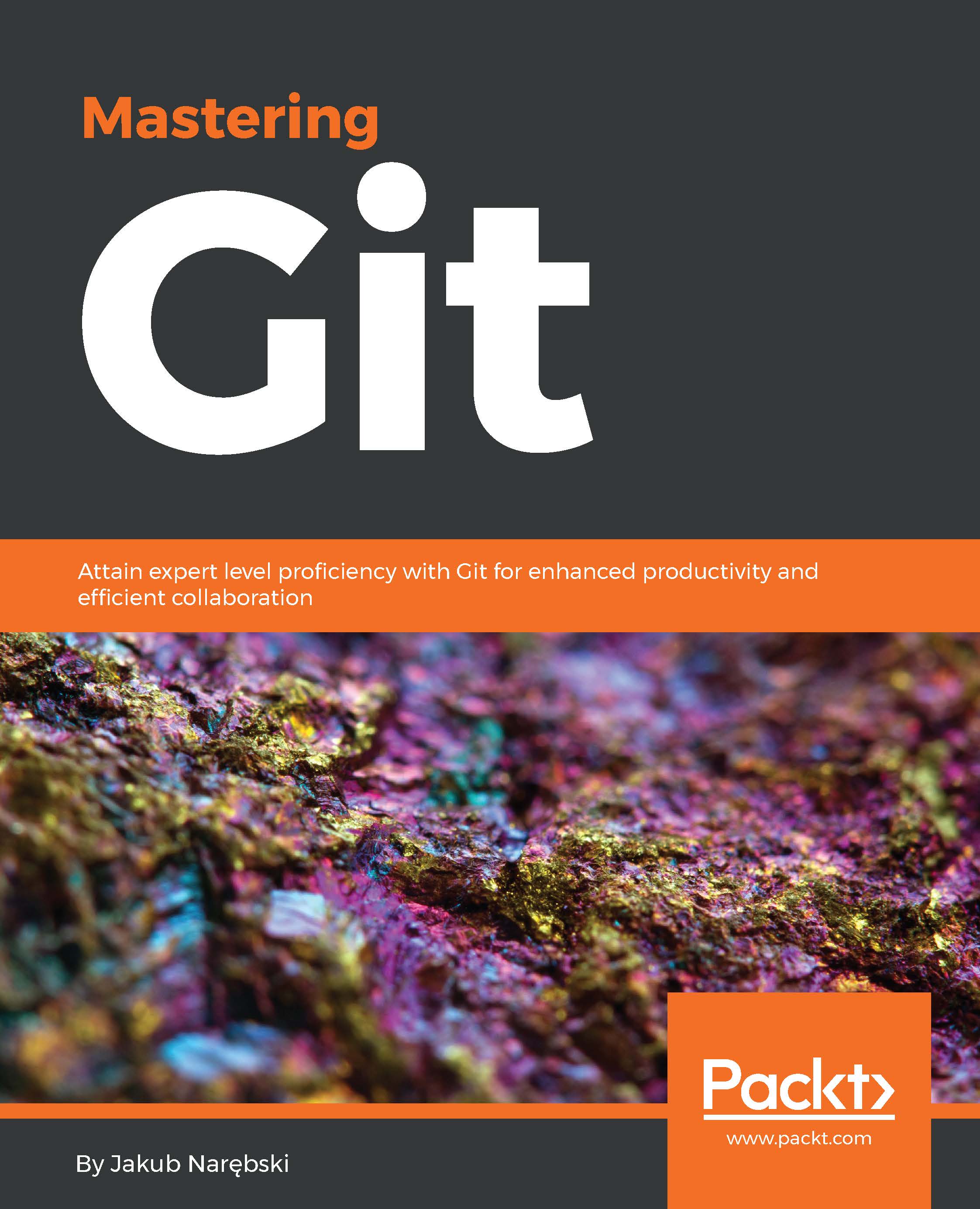-
Book Overview & Buying

-
Table Of Contents

Mastering Git
By :

Mastering Git
By:
Overview of this book
 Free Chapter
Free Chapter
 Sign In
Start Free Trial
Sign In
Start Free Trial

 Free Chapter
Free Chapter
Now that you can specify individual revisions in multiple ways, let's see how to specify ranges of revisions, a subset of the DAG we want to examine. Revision ranges are particularly useful for viewing selected parts of history of a project.
For example, you can use range specifications to answer questions such as, "What work is on this branch that I haven't yet merged into my main branch?" and "What work is on my main branch I haven't yet published?", or simply "What was done on this branch since its creation?".
History traversing commands such as git log operate on a set of commits, walking down a chain of revisions from child to parent. These kind of commands, given a single revision as an argument (as described in the Single revision selection section of this chapter), will show the set of commits reachable from that revision, following the commit ancestry chain, all the way down to the root commits.
For example, git log master...


Change the font size
Change margin width
Change background colour